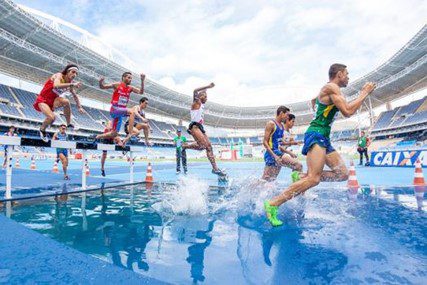By Susan Kundrat, MS, RDN, LDN
Over 200 participants attended this free webinar Relative Energy Deficiency in Sport (RED-S): Evaluating the Impact on Health and Performance offered by the OneOp Nutrition and Wellness Team. There was a lively discussion and many questions in the chat pod. Our presenter Susan Kundrat, MS, RDN, LDN graciously offered to answer questions that were not addressed at the webinar.
Registered Dietitians can still earn 1.0 CPEU by watching the recording at https://oneop.org/event/134985/.
Question 1: Are these recommendations only for “young” people? Any thoughts on calculations for middle-aged athletes?
It is difficult to determine calculations for athletes outside the ages of 18-25 which are the typical ages utilized for most research studies. In addition to needing data on athletes of different age groups, we need more research on recommendations for para-athletes.
Question 2: What are some reputable tools to use to measure energy expenditure?
There are several online tools. Exercise energy expenditure can also be estimated utilizing tables with METS for various times and exercises. It is important to remember that these are estimates. They give us a starting point, but using clinical judgment is critical, too.
Question 3: These calculations are using estimates (energy expenditure and body fat) to estimate. At this point why calculate at all when the outcome is 3 designations (low, impaired, adequate)? I also find the calculations don’t work well or make sense with overweight and obese athletes.
These calculations are estimates. It is important to know your athletes and understand that these calculations are one tool that may be helpful in your practice. However, understanding the clinical signs may be just as (or in some cases, more) important when working with individual athletes.
Question 4: We talked a lot about the calories, any thoughts on low protein intake or the use of protein to cover for insufficient carbohydrate intake?
Maximizing protein intake and protein timing must be an integral part of fueling athletes as well. Most athletes will require at least 0.7-0.8 grams of protein per pound of body weight per day. This should be divided evenly throughout meals and recovery fuel.
The more we can optimize opportunities for and support the utilization of Registered Dietitians (RDNs), especially those Certified Specialists in Sports Dietetics (CSSDs), as the nutrition experts for athletes, the better.
Cover image: Pexels / Pixabay















